A loyalty loop is a cyclical process that drives customer engagement, retention, and advocacy, ultimately leading to increased brand loyalty and long-term profitability.
Understanding and implementing a loyalty loop is crucial for companies aiming to build lasting customer relationships and maintain a competitive edge.
Read more: Top 10 All-In-One Marketing Platforms for 2025 | CRM & Automation Tools
Understanding the Concept of a Loyalty Loop
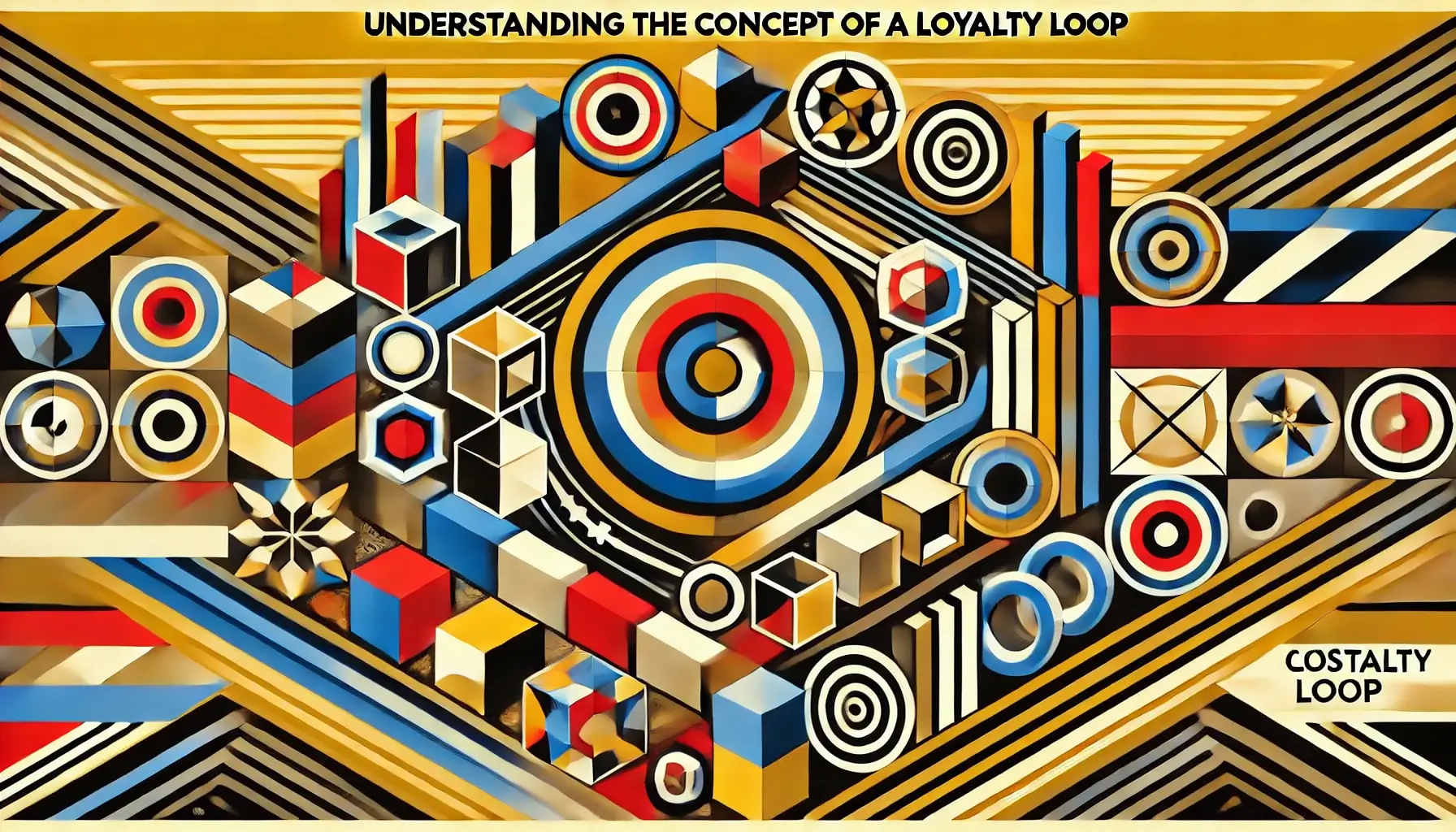
Definition of a Loyalty Loop
A loyalty loop is a customer journey that consists of three main stages: acquisition, engagement, and retention.
Each stage plays a vital role in fostering customer loyalty and encouraging repeat business.
- Acquisition: This initial stage focuses on attracting new customers through various customer acquistion channels. Businesses employ strategies like targeted advertising, promotional offers, and referral programs to capture attention and encourage first-time purchases.
- Engagement: Once acquired, customers enter the engagement stage. Here, businesses interact with customers through multiple touchpoints, including purchases, customer service interactions, and participation in loyalty programs. The goal is to create positive experiences that strengthen the customer-brand relationship.
- Retention: The final stage aims to transform satisfied customers into loyal advocates. By consistently meeting or exceeding expectations, businesses encourage customers to choose them over competitors and recommend the brand to others.
The Importance of a Loyalty Loop in Business
Implementing a loyalty loop strategy offers several benefits:
- Increased customer retention rates
- Reduced customer acquisition costs
- Higher customer lifetime value
- Improved brand advocacy and word-of-mouth marketing
- Enhanced customer insights and data
By focusing on nurturing existing relationships, businesses can create a stable customer base that provides consistent revenue and valuable feedback for ongoing improvements.
The Anatomy of a Loyalty Loop
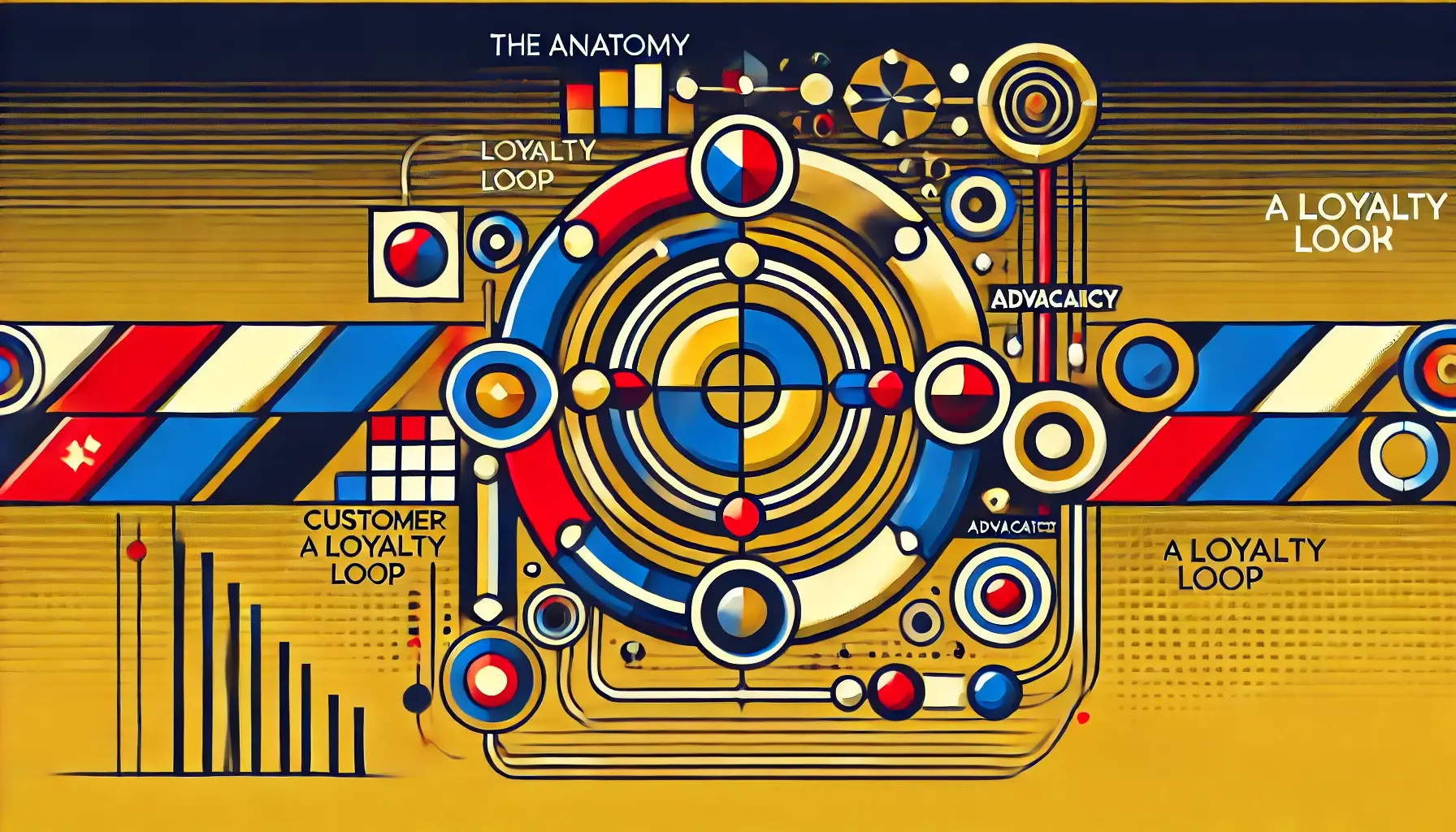
Stages in a Loyalty Loop
A typical loyalty loop consists of four main stages:
- Awareness: Customers become familiar with the brand and its offerings.
- Purchase: The first transaction occurs.
- Satisfaction: Positive experiences with the product or service lead to customer satisfaction.
- Advocacy: Satisfied customers recommend the brand to others, completing the loop.
How Customers Move Through a Loyalty Loop
Customers progress through the loyalty loop via various touchpoints and interactions. For example:
- A potential customer discovers a brand through social media (awareness)
- They make their first purchase based on positive reviews (purchase)
- The product exceeds their expectations, leading to satisfaction
- The customer shares their positive experience on social media, becoming an advocate
Positive experiences propel customers through the loop, while negative ones can lead to customer churn and break the cycle.
The Benefits of Implementing a Loyalty Loop
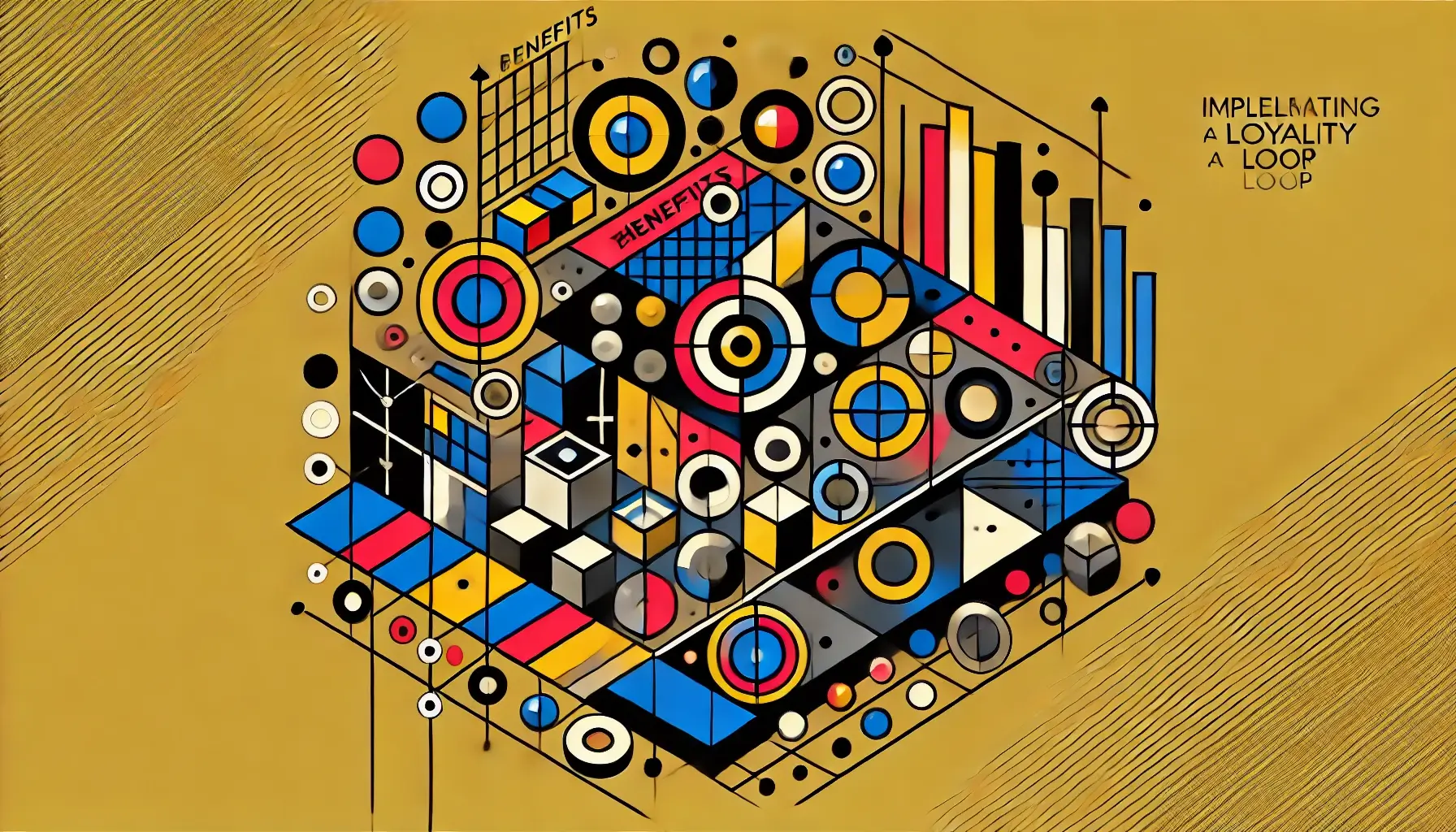
Increased Customer Retention
A well-executed loyalty loop strategy significantly boosts customer retention rates.
By focusing on delivering exceptional experiences and building strong relationships, businesses encourage customers to stay loyal to their brand.
This consistent customer base provides:
- Stable revenue streams
- More predictable business operations
- Reduced marketing costs for customer acquisition
Boost in Customer Lifetime Value
Implementing a loyalty loop can dramatically increase customer lifetime value (CLV).
Loyal customers tend to:
- Spend more per transaction
- Make more frequent purchases
- Be more willing to try new products or services
- Be less price-sensitive
By nurturing customer loyalty, businesses can maximize CLV and drive long-term profitability.
Real-Life Examples of Successful Loyalty Loops
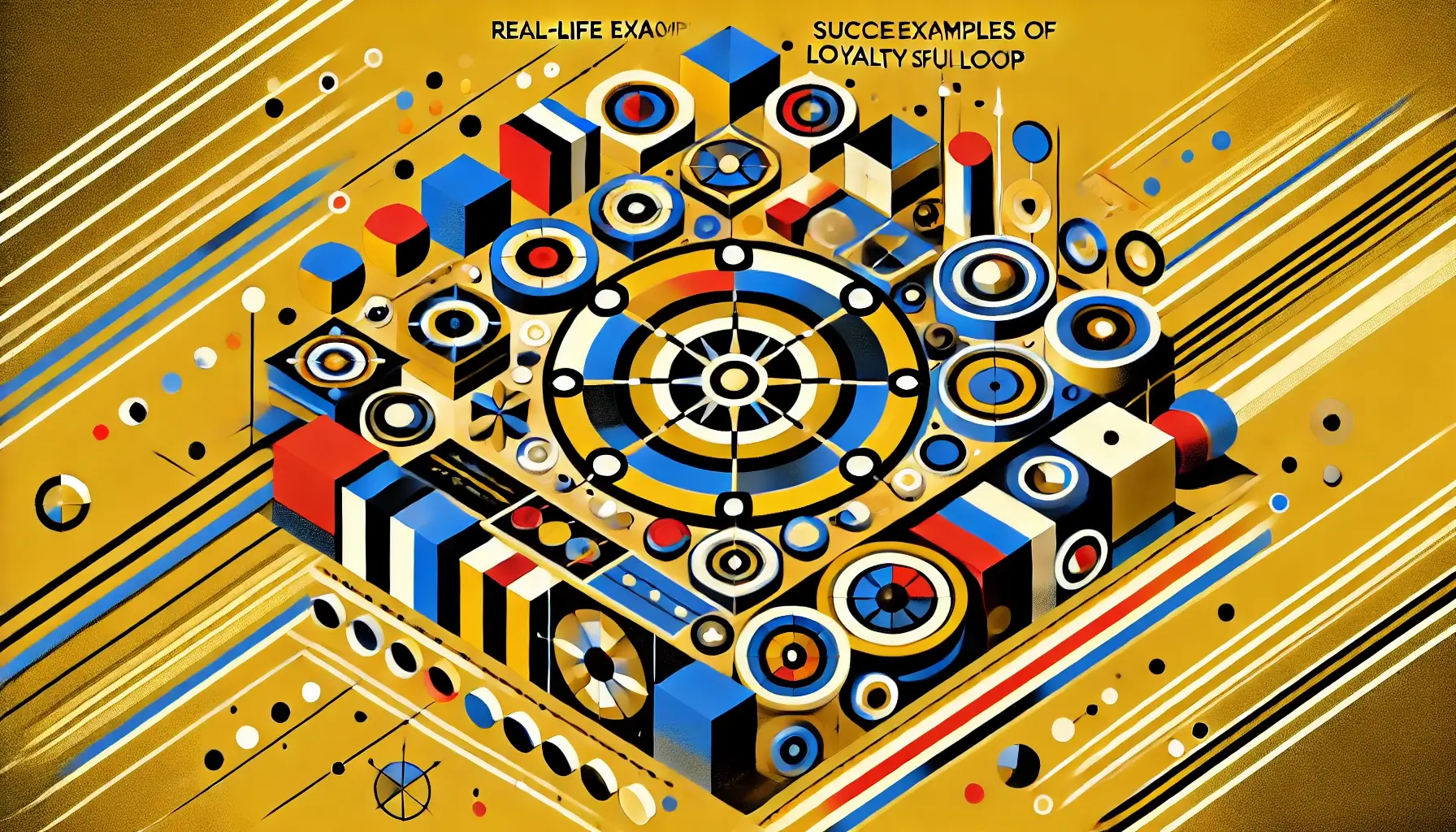
Case Study 1: Starbucks Rewards Program
Starbucks has mastered the loyalty loop with its rewards program:
- Easy-to-use mobile app for ordering and payments
- Personalized offers based on customer preferences
- A tiered rewards system that encourages frequent visits
- Exclusive benefits for loyal customers (e.g., free birthday drinks)
Result: Increased customer engagement, higher purchase frequency, and improved customer retention.
Case Study 2: Amazon Prime Membership
Amazon’s Prime membership exemplifies an effective loyalty loop:
- Free, fast shipping on eligible items
- Access to exclusive deals and early access to sales
- Additional services like Prime Video and Prime Music
- Seamless shopping experience across devices
Result: Higher customer retention, increased purchase frequency, and significant boost in customer lifetime value.
How to Create an Effective Loyalty Loop
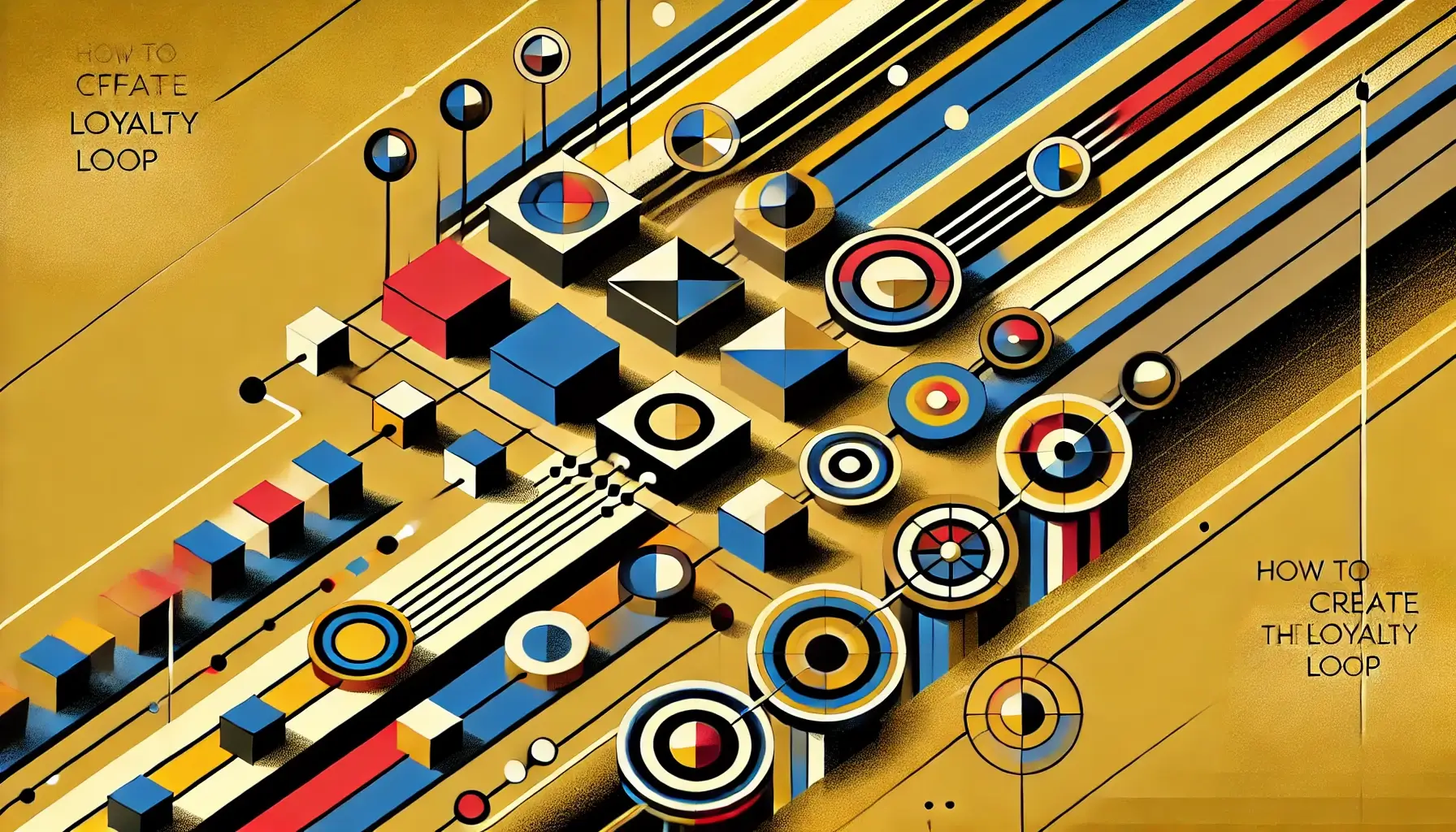
Steps to Building a Loyalty Loop
- Define your target audience and understand their needs
- Develop a compelling value proposition that resonates with your audience
- Create a seamless customer onboarding process
- Implement personalized customer experiences and targeted communication
- Offer valuable rewards and incentives that align with customer preferences
- Provide exceptional customer service at every touchpoint
- Continuously gather and act on customer feedback
- Encourage and incentivize customer advocacy through referral programs
Mistakes to Avoid When Creating a Loyalty Loop
- Overcomplicating your loyalty program
- Ignoring customer feedback or failing to address concerns promptly
- Treating all customers the same without personalization
- Offering generic rewards that don’t align with customer preferences
- Neglecting to communicate regularly with your customers
- Focusing solely on acquisition without prioritizing retention
By following these steps and avoiding common pitfalls, businesses can create an effective loyalty loop that keeps customers engaged, loyal, and eager to advocate for their brand.
In conclusion, a loyalty loop is a powerful strategy for businesses looking to build lasting customer relationships and drive long-term success.
By understanding and implementing the key components of a loyalty loop, companies can create a cycle of engagement that turns one-time buyers into lifelong brand advocates.




